
India shawl made of cotton, silk, and gold thread. 1790-1800, Napoleon-fashion.com
Indian influence on Regency dress included fine Indian muslin, used for dresses and cravats, and beautiful, expensive hand-loomed shawls. During the late 18th-early 19th century, an unprecedented number of Indian cloths, made of quality fabrics, were exported to Britain. These cloths were expressly made for the British market, with colors and chintz patterns toned down to appeal to the more restrained British taste.
While cheaper and inferior imitation paisley shawls were increasingly made in Great Britain (by 1821, shawls made in British locations like Spitalfields and Scottland would overtake the Indian exports in numbers sold), the authentic Indian shawl was highly prized for its quality, cost, and prestige. These shawls were so popular with those who could afford them that they were presented to friends and family members by merchants, soldiers, and visitors returning from the East Indies. Made of durable cloth, they were carefully handled and handed down from mother to daughter and aunt to niece over the years.
Shawls not only added prestige and style to a lady’s wardrobe, they served other functions, such as color and pattern. They definitely added warmth to the thin, gauzy, almost transparent muslin gowns that became so popular at the turn of the 19th century. The shawls lent themselves to other uses as well.
Lady Hamilton, Lord Horatio Nelson mistress, used the shawls to great effect for her “Attitudes,” as described by Mrs. St. George, who had the occasion to witness several of her performances.
From their book Drawings Faithfully Copied from Nature at Naples by Friedrich Rehberg, Engraver and Tommaso Piroli, Illustrator, 1794 4
She assumes their attitude expression, and drapery with great facility, swiftness, and accuracy. Several Indian shawls, a chair, some antique vases, a wreath of roses, a tambourine, and a few children are her whole apparatus. She stands at one end of the room, with a strong light to her left, and every other window closed. Her hair (which by-the-bye) is never clean is short, dressed like an antique, and her gown a simple calico chemise, very easy, with loose sleeves to the wrist. She disposes the shawls so as to form Grecian, Turkish, and other drapery, as well as a variety of turbans. Her arrangement of the turbans is absolute sleight of hand, she does it so quickly, so easily, and so well. It is a beautiful performance, amusing to the most ignorant, and highly interesting to lovers of art. The chief of her imitations are from the antique. Each representation lasts about ten minutes. It is remarkable that, though coarse and ungraceful in common life, she becomes highly graceful, and even beautiful, during this performance. It is also singular that, in spite of the accuracy of her imitation of the finest ancient draperies, her usual dress is tasteless, vulgar, loaded, and unbecoming. – Account by Mrs. St. George, Wit, Beaux, and Beauties of the Georgian Era, John Fyvie, 1909, pp 335-336.
As I collected Pinterest images of fashion plates of elegant ladies and their shawls, I saw how much elegance and beauty these accessories added to a woman’s arm and hand gestures. The artists who drew the fashion plates were certainly aware of these effects. I have created a short gallery of an example of the beauty that shawls added to a woman’s figure and fashion statement. Enjoy.
- 1798 shawl
- 1799 shawl
- 1801-1802 shawl
- 1802 shawl
- 1804 shawl
- 1806 shawl
- 1806 shawl
- 1809 shawl
- 1809 shawl Ackermann
- 1810 shawl
- 1810 shawl
- 1810 shawl
- 1811 Shawll
- 1811 shawl, Belle Assemblee
- 1811 Shawl
- 1811 shawl and shawl gown
- 1812 shawl and shawl gown
- 1812 shawl, Ackermann
- 1813 shawl
- 1813 shawl, Belle Assemblee
- 1815 shawl, Ackermann
More on the topic:
- Emma at Home: Lady Hamilton and Her Attitudes, Jane Austen’s World
- Indian Influences in Regency British Dress, LeedsWIKI
- Georgian Shawls, Shoulder Shrugs, Pelerines, and Chemisettes: 18th & 19th C., Vic (Jane Austen’s World) Pinterest Board

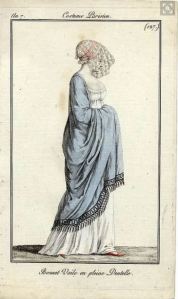

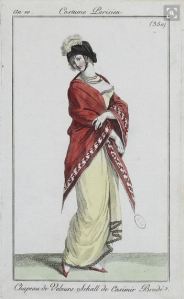


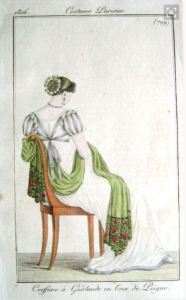
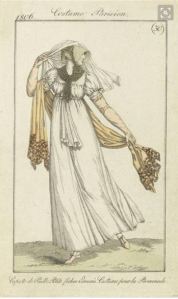


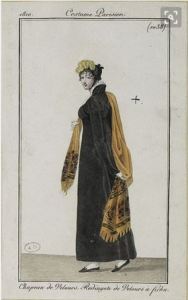

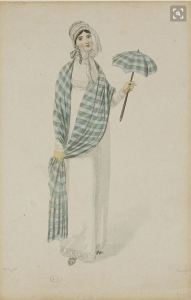
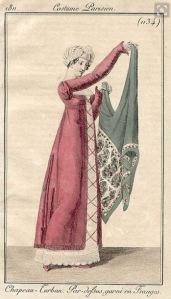
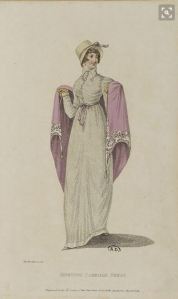


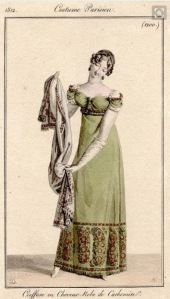
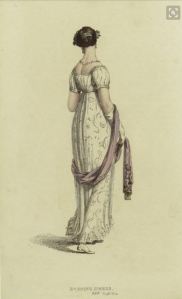
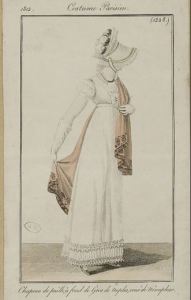
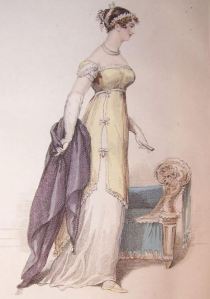
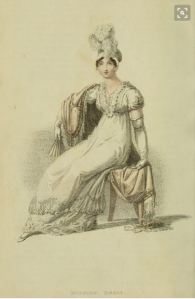
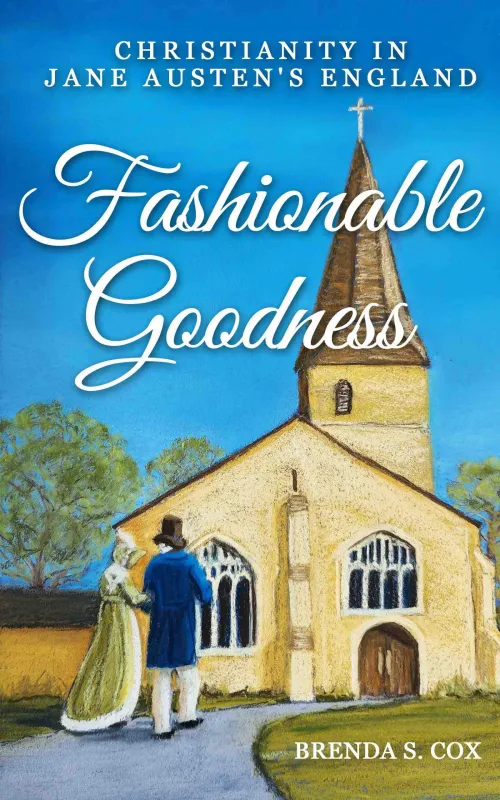




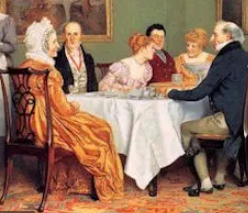


The shawls are beautiful. No wonder they’re making a comeback.
Indian shawls are favoured by my wife, she wears them rarely, if ever, but likes to keep them because of their beauty.
Thank you once again for your interesting research,
I think the modern scarf must fulfill the same function today as we select from different weights of fabric for the seasons and tie them in various ways to show off the pattern and colour. Scarves are definitely coordinated to enhance our outfits. A few years ago the fashion was for over-size scarves to be used as shawls. I think the Regency ladies might just envy the ease with which we can dress warmly.
What a fascinating glimpse of Emma Hamilton. The shawls are to die for. Emma, not so much I guess.
Georgian taste came over to the colonies too. Here’s the master bedroom of the Carlyle House in Alexandria VA with Indian textiles.
http://www.northernvirginiamag.com/buzz-bin/2014/08/08/bringing-new-life-to-an-old-town-house/attachment/carlyle-master/
I do love a nice shawl. I have three, but none so colorful. Must remedy that!
This is an extremely detailed blog post; very informative on the fashion of the era. Keep up the good work.
Thank you, Erik
It just occurred to me (trying to write fan fiction) that Georgiana doesn’t have a maid or ladies maid in Ramsgate. Who would dress her and do her hair? Just a housemaid locally hired or something?
Thanks, Wendy
On Sunday, November 15, 2015, Jane Austen’s World wrote:
> Vic posted: ” Indian influence on Regency dress included fine Indian > muslin, used for dresses and cravats, and beautiful, expensive hand-loomed > shawls. During the late 18th-early 19th century, an unprecedented number of > Indian cloths, made of quality fabrics, were ” >